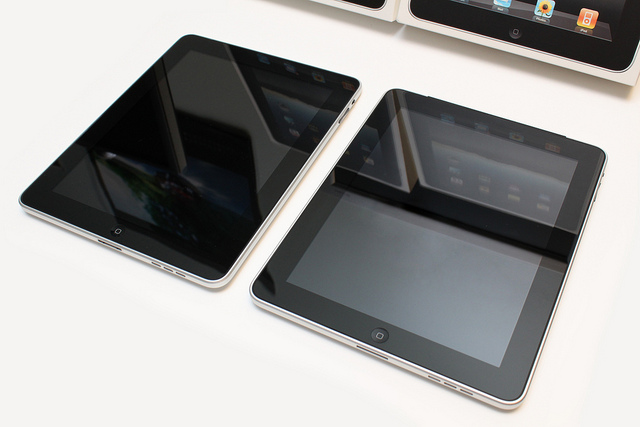Register by Jan 13 to save on passes and connect with marketers from Uber, Bose and more

Apple launched the very first iPad — the first tablet device to hit the market — just two years ago, spurring new consumer media consumption habits and bringing forth a new opportunity for marketers.
Since then, tablets have quickly reached critical mass in the United States, with ComScore releasing numbers last Friday that say one in four Americans used a tablet device in the first quarter of 2012. In April, 16.5 percent of mobile phone subscribers used a tablet, representing an increase of 11.8 percentage points in the past year.
What’s more, tablet users are three times more likely than a smartphone user to view a video, ComScore says. Ten percent of tablet users watch video on their device daily. More than half of tablet users watched video and TV content on their device in April 2012, compared to just 20 percent of the smartphone audience. The larger screen sizes make tablets more favorable to video. In fact, of those viewing video at least once a month, 26.7 percent paid to watch content, highlighting a big opportunity for publishers.
Another implication of these findings has to do with a flaw in the way companies view the tablet space. The majority of marketers are bundling their tablet strategy with their mobile strategy. This may not be the smartest move.
“The objectives are the same for mobile phones and tablets — drive sales, engagement, and loyalty,” said Jeff Hasen, CMO of Hipcricket, a mobile marketing service provider. “Beyond the obvious size of screen differences, there are different use cases for phones and tablets. There is more snacking on phones, more immersive and prolonged activities on tablets. Plus, tablets are often used in the home in the evening, while phones are used on the go day and night.”
According to ComScore, tablet users skewed noticeably older than smartphone users. For both devices, the heaviest overall audience concentration was between the ages of 25 and 44. Compared to smartphone owners, tablet users were 28 percent more likely to be in the 65 and older age bracket and 27 percent less likely to be between the ages of 18 and 24.
Tablet users also skewed toward upper-income households, likely because of the high price point of these devices. Nearly three in five tablet users reside in households with income of $75,000-plus, compared to one in every two smartphone users. This is an obvious opportunity for the high-end luxury-goods sector.
“Simply put, luxury brands can’t ignore tablets because of the affluent over-index for these devices,” Hasen said. “And they expect to enter into rewarding experiences.”
More in Media

Why publishers are building their own creator networks
Publishers are forming creator networks to regain control, combat traffic declines, and reach audiences shifting toward influencers.

The accidental guardian: How Cloudflare’s Matthew Prince became publishing’s unexpected defender
Cloudflare’s day job is fending off botnets and nation-state cyberattacks, not debating how Google and other AI firms crawl publisher sites.

A timeline of the major deals between publishers and AI tech companies in 2025
Here’s a list of all the major deals signed between publishers and AI tech companies in 2025.





